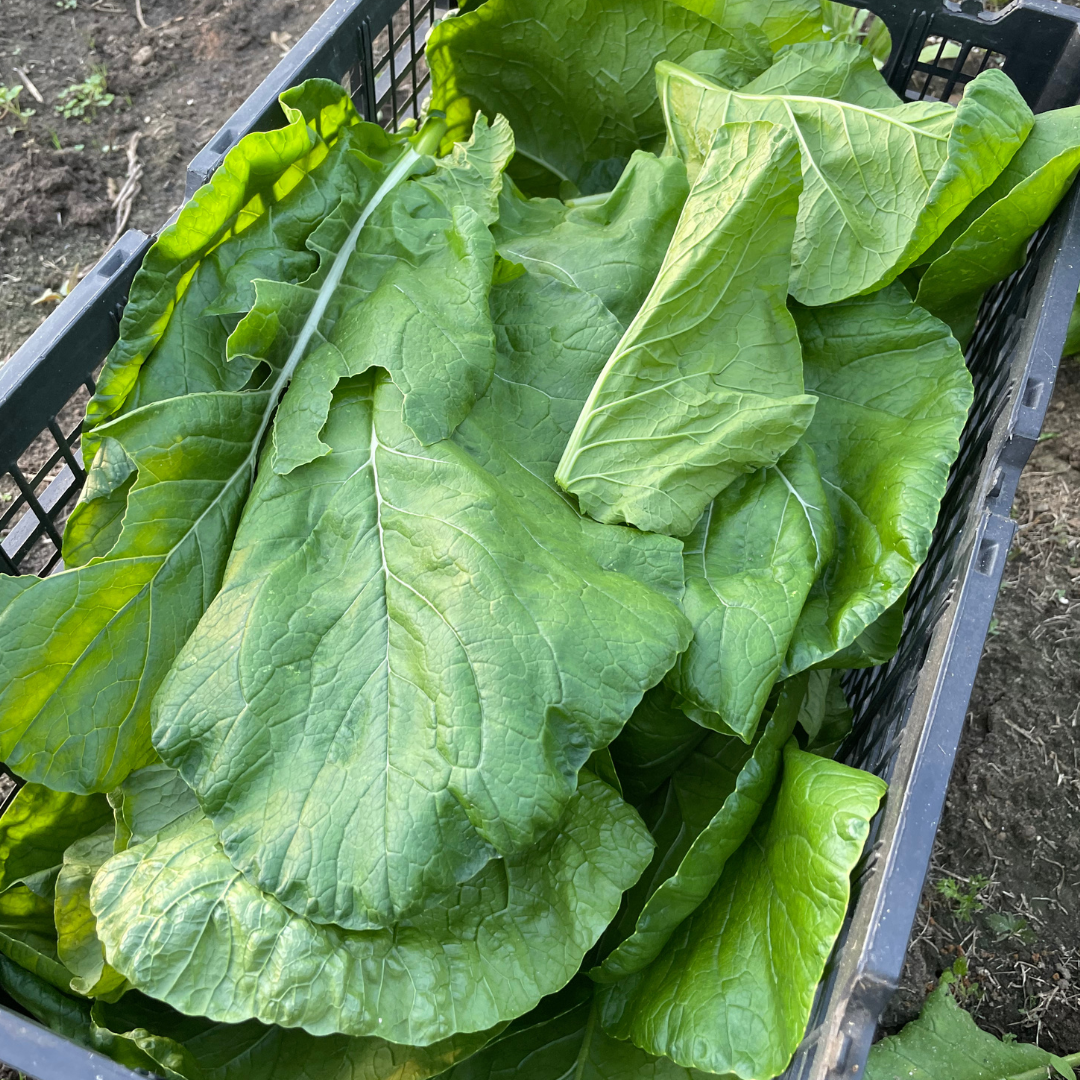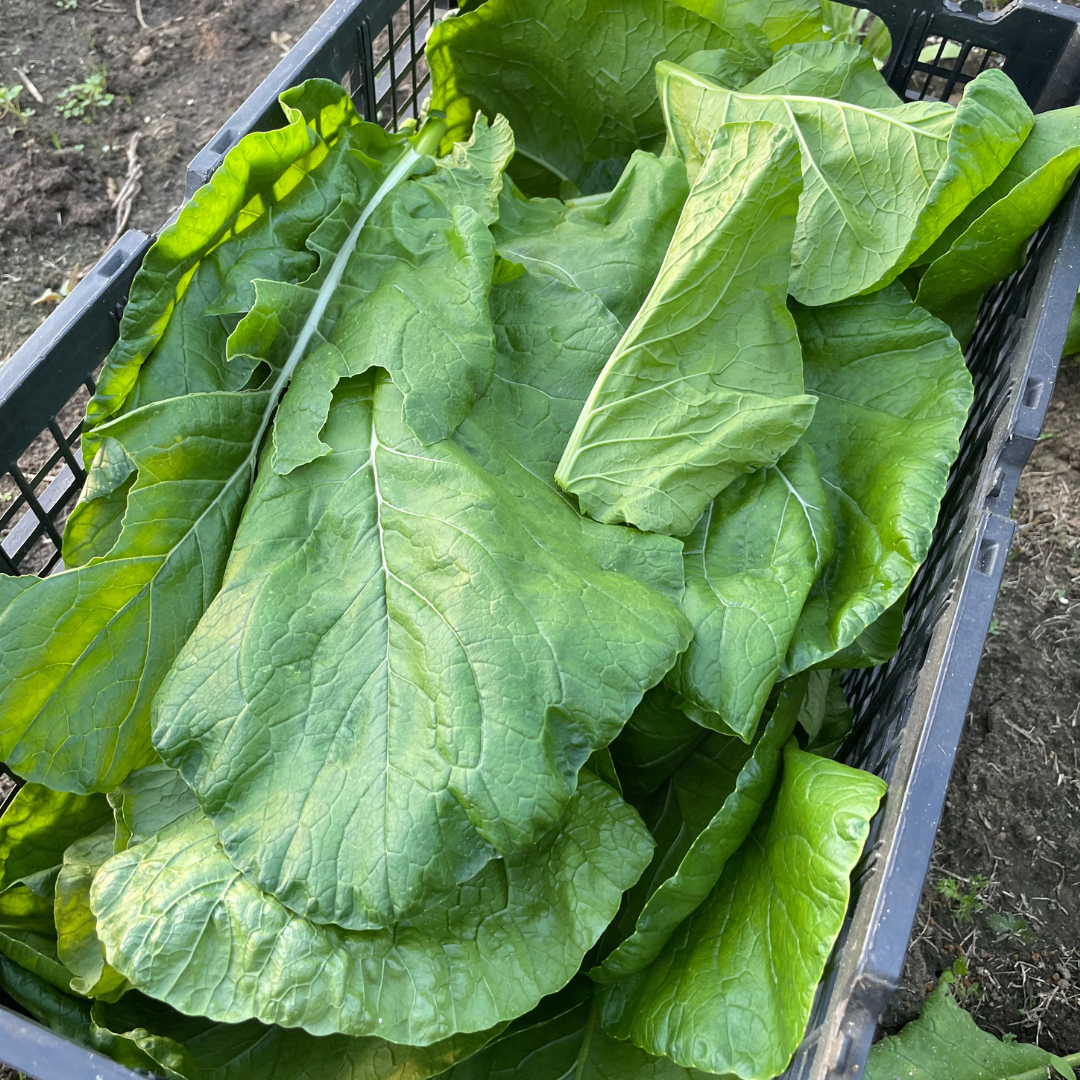All Top Turnip Seed
All Top Turnip Seed
Couldn't load pickup availability
Seed Type
Seed Type
F1 Hybrid (Untreated)
Seeds Per Pack
Seeds Per Pack
500
Days to Maturity
Days to Maturity
35
Disease Resistance
Disease Resistance

Why Grow All Top Turnip?
All Greens, No Root If you love tender, flavorful turnip greens but don’t care for the roots, All Top Turnip is the perfect variety for your garden. Unlike traditional turnips, this unique “rootless” type is grown exclusively for its leafy tops, giving you a steady supply of delicious greens without wasting energy on developing a bulb. All Top Turnip is prized for its fast maturity — you can begin harvesting greens in as little as 35 days.
Fast and Robust Regrowth The plants produce upright, dark green leaves that are easy to pick and packed with flavor. Even better, these greens have excellent regrowth potential, allowing for multiple harvests from a single planting. Simply cut the leaves, and the plant will continue to produce tender new growth throughout the season. Another standout feature of All Top is its slow bolting habit, which means you’ll enjoy a longer harvest window compared to many other greens. The leaves are delicious when sautéed, stewed, or added fresh to salads, making them a versatile addition to your kitchen.
All Top Turnip Green Growing Tips
• When to Plant Turnip Greens
Turnip greens are considered a "cool season" vegetable that grow best in the fall and early spring months. This variety can be direct seeded or transplanted in the backyard garden. If transplanting, start seeds indoors or in a greenhouse 3-4 weeks before your intended in-ground planting date. Then space transplants 2-3" apart in your garden rows or beds.
If direct seeding into your in-ground garden or containers, make a shallow (1" deep) planting furrow and lightly sprinkle seeds along the furrow. Then lightly cover the seeds and press to ensure good seed to soil contact. For small containers, you may wish to sprinkle turnip seeds over the entire container and lightly cover with more soil.
Turnip greens can tolerate a light frost but will tend to become damaged during a heavy freeze. As a result, we recommend harvesting the leaves before a heavy freeze. The plants will often recover and grow back, but this will prevent the leaves you have from becoming damaged.
Turnip greens will "bolt" or go to seed when temperatures begin to warm in the spring months. Planting in the late summer for a fall crop or in the late winter for a spring crop will provide the best results.
• How to Fertilize Turnip Greens
It's always a good idea to apply some pre-plant fertilizer to the soil prior to planting turnip seeds. We like to sprinkle Coop Gro organic fertilizer on our raised beds or along our rows prior to planting. This ensures the plants have the right nutrients to put down roots in their new soil.
After each harvest, fertilize the plants with a balanced fertilizer to ensure quality repeat harvests going forward. We like to feed ours with a liquid solution of AgroThrive General Purpose or by sprinkling Coop Gro around the base of the plants and lightly mixing it into the soil.
• When to Harvest Turnip Greens
Turnip greens can be harvested whenever you'd like! Some gardeners like to harvest "baby turnip greens" as soon as the leaves are as big as their hands, while others prefer to wait until the leaves get larger.
When harvesting turnip greens, you can pluck individual leaves off the plant or cut the plants a few inches above the soil line. Be sure to leave a few inches of the base of the stems in tact so the plants can continue to grow and produce another round of leaves.

